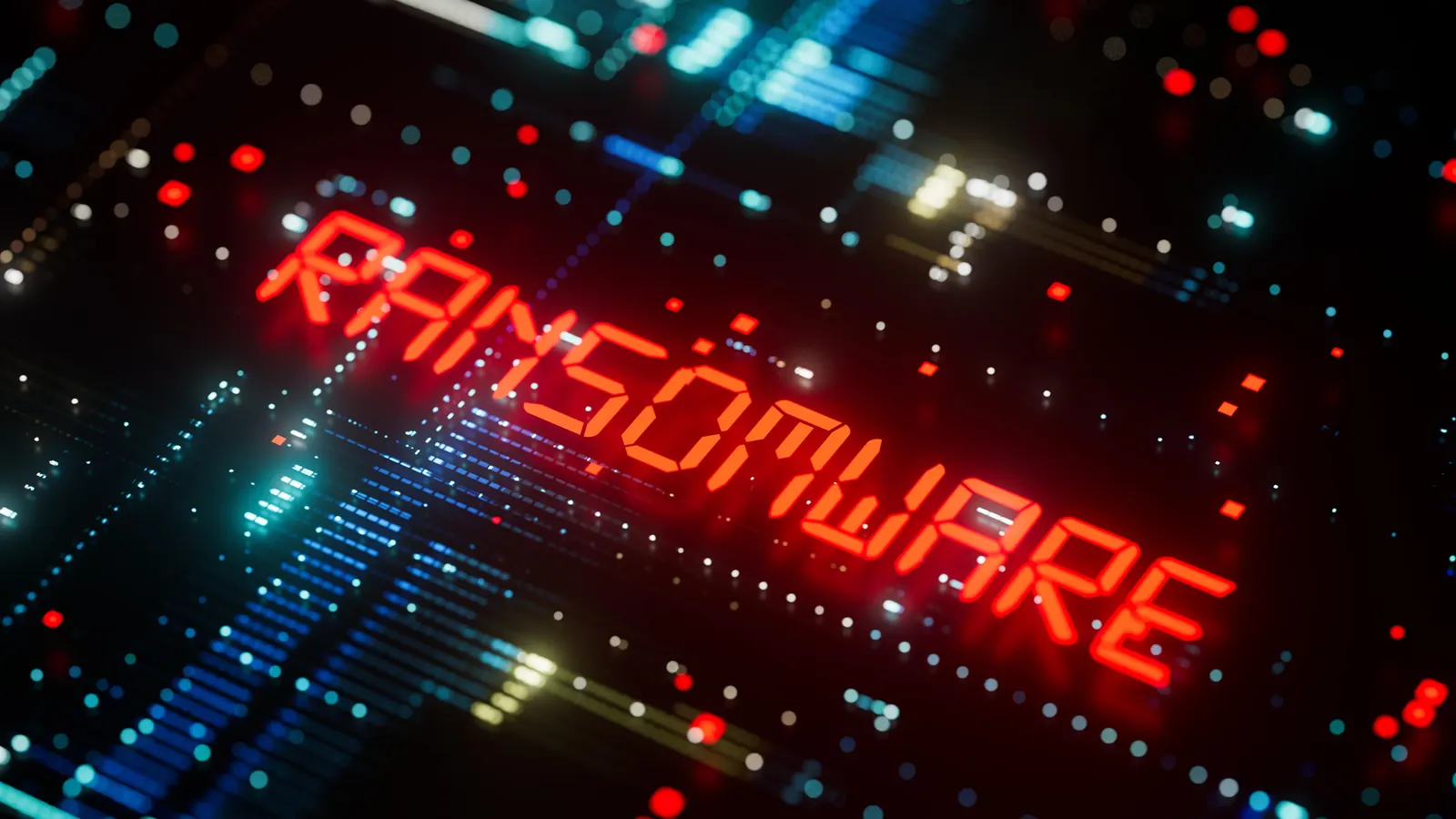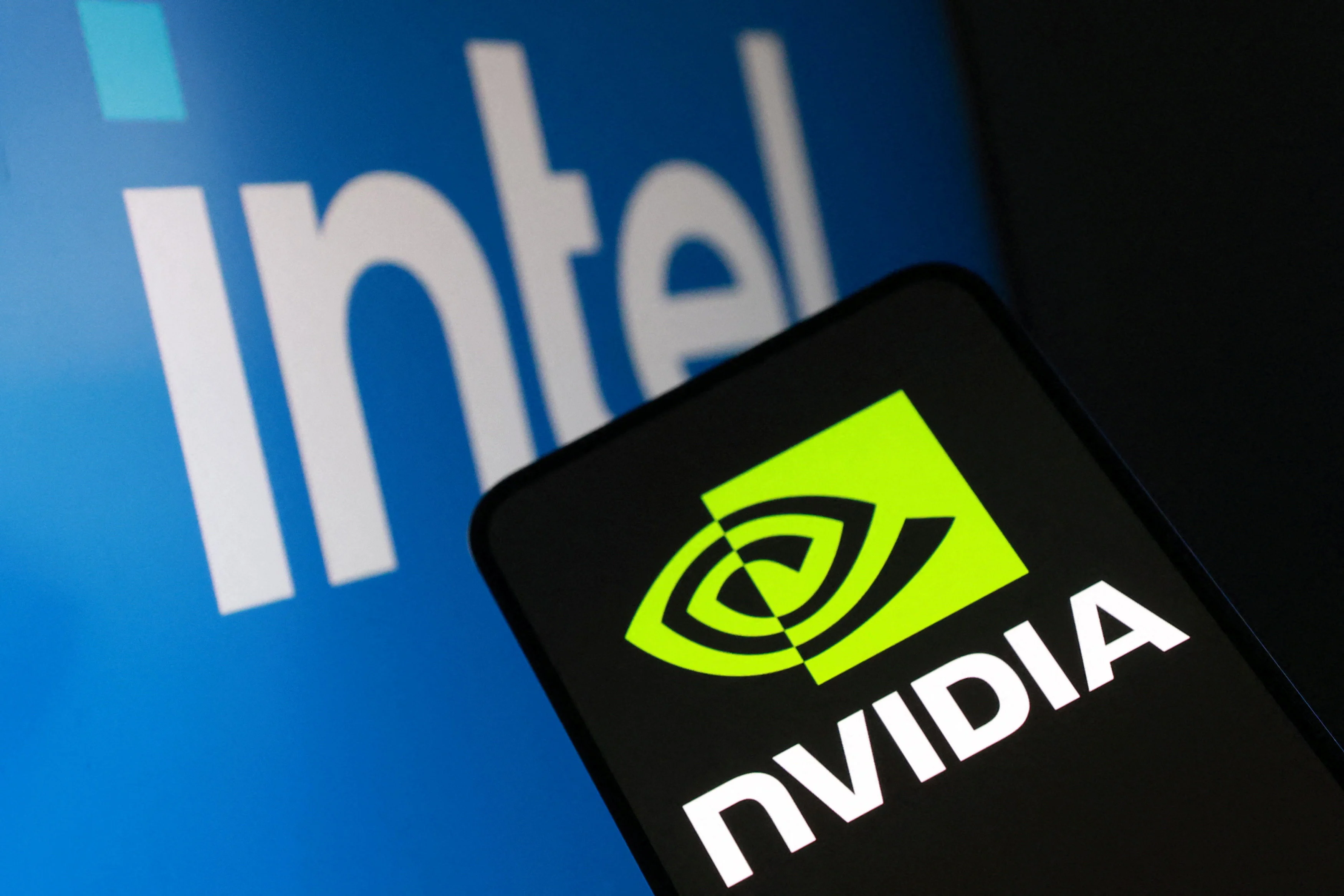By Chuck Brooks,Contributor
Copyright forbes

Email Phishing Ransomware Malware Hacker Attack
Ransomware has always been more than a technical risk—it’s a business, a weapon, and a psychological warfare tool. In my previous Forbes article titled “Ransomware on a Rampage; a New Wake-Up Call,” I argued that ransomware was already evolving into a systemic threat, not just isolated incidents. Today, with AI, polymorphic malware, and deepfakes coming into play, that evolution has accelerated faster than many expected. Forbes
The latest data confirm the warning signs. In Q2 2025, average ransom payments spiked to approximately $1.13 million, while median payments hovered around $400,000. Some incidents now drive total recovery costs upward of $10 million or more, once you include downtime, legal, remediation, and reputational damage. The U.S. now bears about 50% of global ransomware attacks, making it a primary battlefield in this contest of code and coercion.
Artificial Intelligent with danger sign exclamation mark in yellow 3d rendering
How AI & Autonomous Threats Shift the Ransomware Landscape
In that earlier Forbes article, I emphasized how ransomware was beginning to outgrow simplistic models of file encryption and become more sophisticated in its targeting, extortion tactics, and persistence. What was once “spray and pray” is now precision warfare.
In 2025, AI is turbocharging that shift:
Malware is increasingly polymorphic: it rewrites itself, mutates behavior, and evades signature-based detection. Attackers can now deploy AI to generate variants in real time that slip past traditional defenses.
Deepfakes, which I’ve warned about in other contexts, are being weaponized in ransomware campaigns. Fraudsters generate convincing voice or video of CEOs or executives to pressure victims into compliance or payments.
AI-driven reconnaissance and automation let attackers map out internal networks, prioritize high-value nodes, and launch rapid lateral movement. Compromise can escalate within minutes.
Taken together, these trends amplify a core cybersecurity thesis: adversaries are seeking asymmetry—tools that scale faster, adapt quicker, and inflict more damage with less effort.
MORE FOR YOU
The Stakes Are Higher Than Ever
This iteration of ransomware isn’t merely about data. It is about control, leverage, and strategic impact. A breach hitting a medical system can endanger lives; one in energy or logistics can ripple into economic disaster. The risk is now systemic.
Quantum computing looms on the horizon, making today’s encrypted data vulnerable to harvest-now, decrypt-later strategies. In my writings and in my book on AI and quantum, I’ve cautioned that encryption must evolve ahead of quantum breakthroughs—not after.
Resilience Strategies In the AI-Ransomware Era
Here’s how defenders must adapt:
Move beyond signature-based defenses: rely on behavioral AI, anomaly detection, and autonomous response pathways that can counter polymorphic malware in flight.
Practice adversarial red-teaming that mimics deepfake voice phishing and evolving malware paths to test human and system readiness.
Enforce zero-trust and identity-first access policies. Assume that privileged accounts may be compromised.
Maintain immutable, off-line, air-gapped backups that cannot be altered—even under duress.
Begin encryption migration now: implement post-quantum cryptographic readiness before quantum-capable adversaries arrive.
Deepen public-private cooperation and global frameworks. As I have long argued, no nation—no single organization—can outpace adversaries operating across borders.
Invest in the human side: training to recognize social engineering, deepfake awareness, and continuous simulation of evolving threats.
In the ecosystem of AI, quantum, and strategic cybersecurity, the thread has been constant: threats evolve, tools evolve, and defenders must move first. Ransomware in the AI era is not a variation of what came before—it’s a paradigm shift. Organizations, governments, and security leaders who treat it as incremental risk will fall behind. Those who view it as a strategic battlefield and act accordingly will set the terms of resilience.
The future will test whether we anticipate or merely respond.
Editorial StandardsReprints & Permissions



